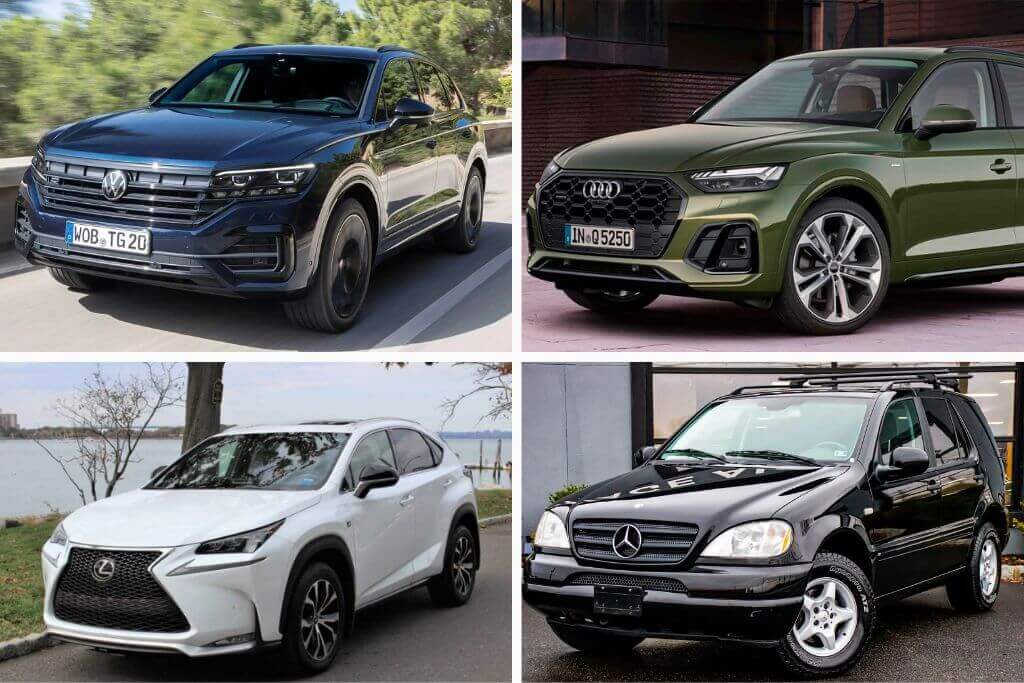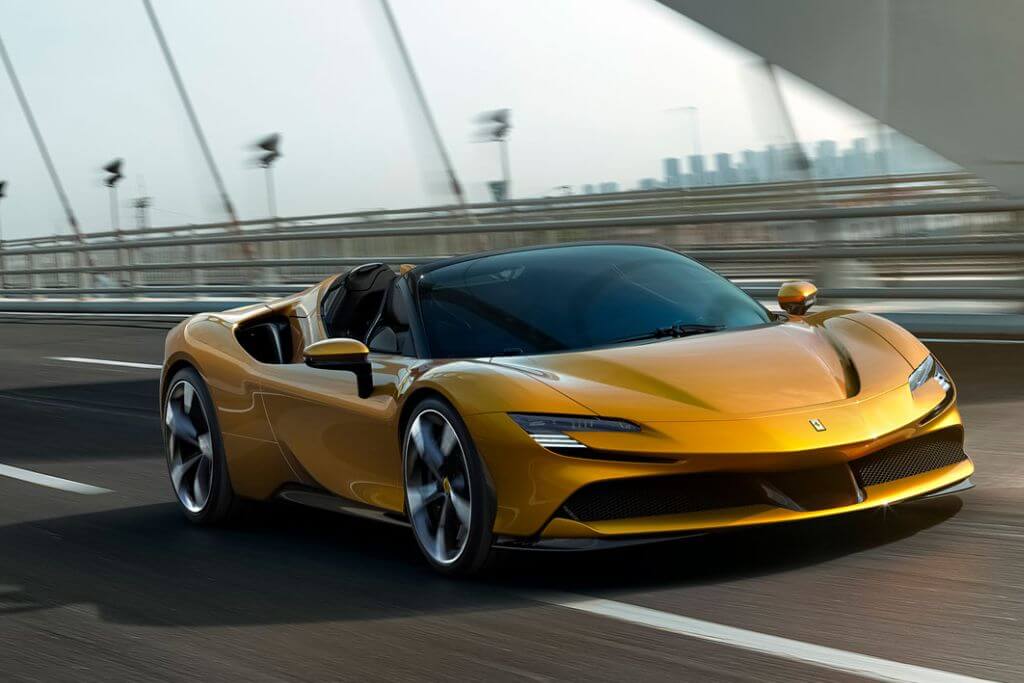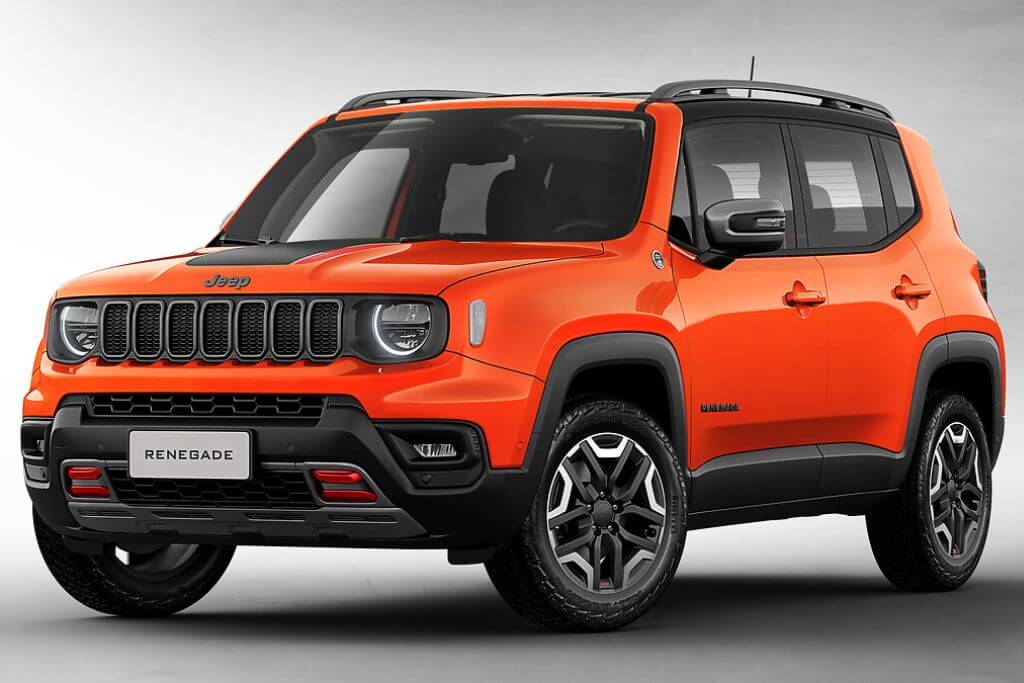Learn about the history of the V12 Engine, the engine most used in racing cars and exclusive models
Adverts
The emergence of the V12 engine dates back to the beginning of the 20th century, driven by the growing demands for power and performance in the aeronautical and automotive industries.
The V12 configuration was conceived as a solution to provide a unique combination of power and smoothness, a feat that other engine configurations could not achieve.
Initially, aero engines were early adopters of the V12, being designed to provide the power needed to propel heavy aircraft, while remaining compact and light enough for installation in narrow fuselages.
Adverts
Over time, V12 engine technology evolved, finding application in racing cars, submarines and military vehicles during the Second World War.
In the automotive industry, the V12 configuration was embraced by luxury car manufacturers such as Rolls-Royce and Bentley as a way of emphasising the quality and performance of their vehicles. In the 60s and 70s, the V12 configuration achieved popularity in supercars such as Ferrari and Lamborghini.
Today, V12 engines continue to be used in high-performance applications, notably in supercars and racing cars, thanks to their unique combination of power and smoothness.
However, in the face of growing concerns about energy efficiency and emissions, manufacturers are exploring more efficient and sustainable alternatives to traditional V12 engines.
In short, the V12 engine emerged as a crucial solution to meet the ever-increasing demands for power and performance in the aeronautical and automotive industries at the beginning of the 20th century.
Since then, its presence has extended to various high-performance applications, and it remains a favoured choice among manufacturers of supercars and luxury vehicles.
Quick Index:
Main models with the V12 engine
Over the decades, several iconic cars have made their mark using the distinctive V12 engine:
Ferrari Testarossa (1984-1991): This Ferrari supercar, recognised as a legend of the 1980s, featured a 4.9-litre V12 engine, combining exceptional power with an exotic design.
Lamborghini Countach (1974-1990): This Italian supercar, a truly iconic machine, conquered history with its V12 engine, capable of generating up to 455 horsepower.
You might be interested:
- The 5 best online auction sites
- How to tell if an online auction site is reliable
- Discover the Car and Motorbike Auctions
Rolls-Royce Silver Ghost (1906-1925): Considered one of the first series production vehicles to adopt the V12 engine, this luxurious British Rolls-Royce car set standards of excellence.
Mercedes-Benz 600 (1963-1981): This Mercedes-Benz luxury car, equipped with a 6-litre V12 engine, stood out as one of the most powerful vehicles of its time.
BMW 850i (1991-1999): The BMW sports car boasted a 5.0-litre V12 engine, generating 300 horsepower and solidifying its position as one of the fastest cars of its time.
McLaren F1 (1992-1998): Revered as one of the fastest and most technologically advanced supercars, the McLaren F1 impressed with its 6.1-litre V12 BMW engine and innovative design.
These examples represent just a sample of the many iconic cars that have relied on the V12 engine over the years. The V12 configuration continues to be a distinctive choice in contemporary supercars and luxury vehicles, upholding its reputation as one of the best options for high-performance applications.
The first car to have a V12 engine
The Hispano-Suiza Alphonse XIII, manufactured by Hispano-Suiza in Spain in 1919, played a pioneering role in automotive history as the first series production car to adopt a V12 engine. This model represented one of the first high-performance vehicles of the time.
The Alphonse XIII's V12 engine, with a capacity of 4.5 litres, generated approximately 40 horsepower. As well as outstanding performance, the car boasted an elegant and refined construction, featuring luxurious details such as quilted leather and wood trim.
Despite its significant innovation in incorporating the V12 engine, the Alphonse XIII did not achieve great commercial success and was only produced for a few years.
However, it remains a milestone in automotive history, being recognised as one of the first vehicles to adopt this engine configuration and consequently becoming a valuable piece for vintage car collectors.
It was Rolls-Royce, however, that effectively popularised the V12 configuration among luxury car manufacturers.
In 1906, Rolls-Royce launched the Silver Ghost, which was produced until 1925, standing out as one of the first series production vehicles to use the V12 engine.
Since then, this configuration has become an established choice for luxury cars and supercars, featuring on many of the most iconic models in automotive history.
You may be interested:
- Receivables: how to claim on time
- All about the Winter Bono
- Get to know the Permanent Family Allowance
Did you like this content? Share it with your loved ones and save it to your favourites for future reference.


















